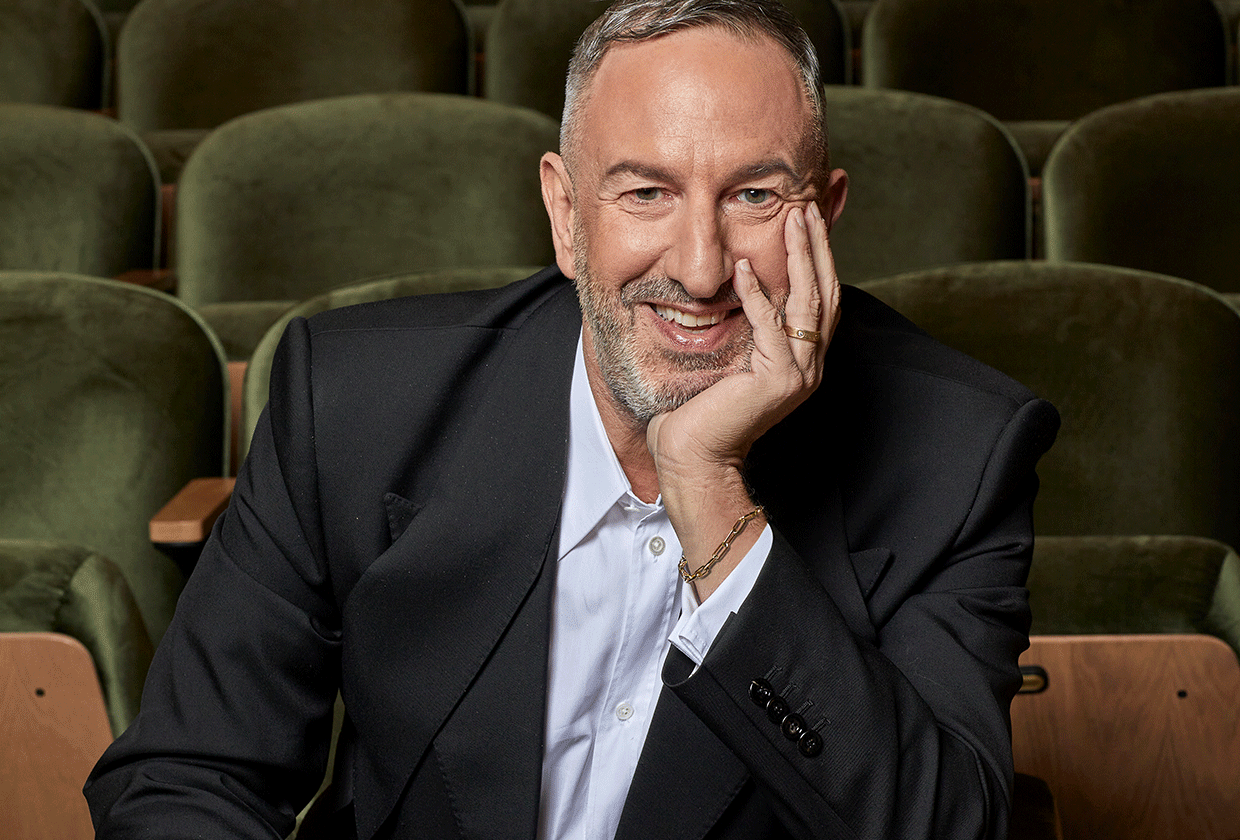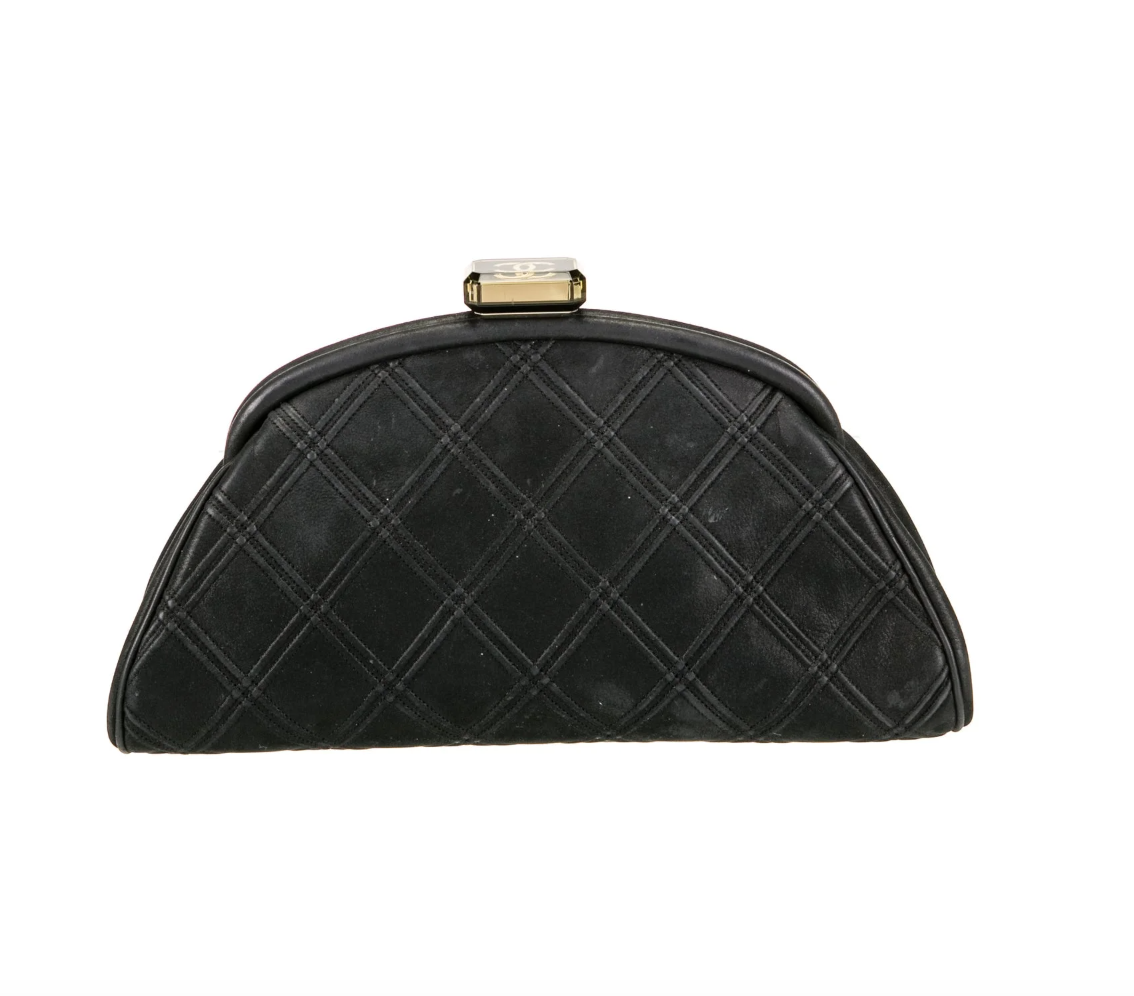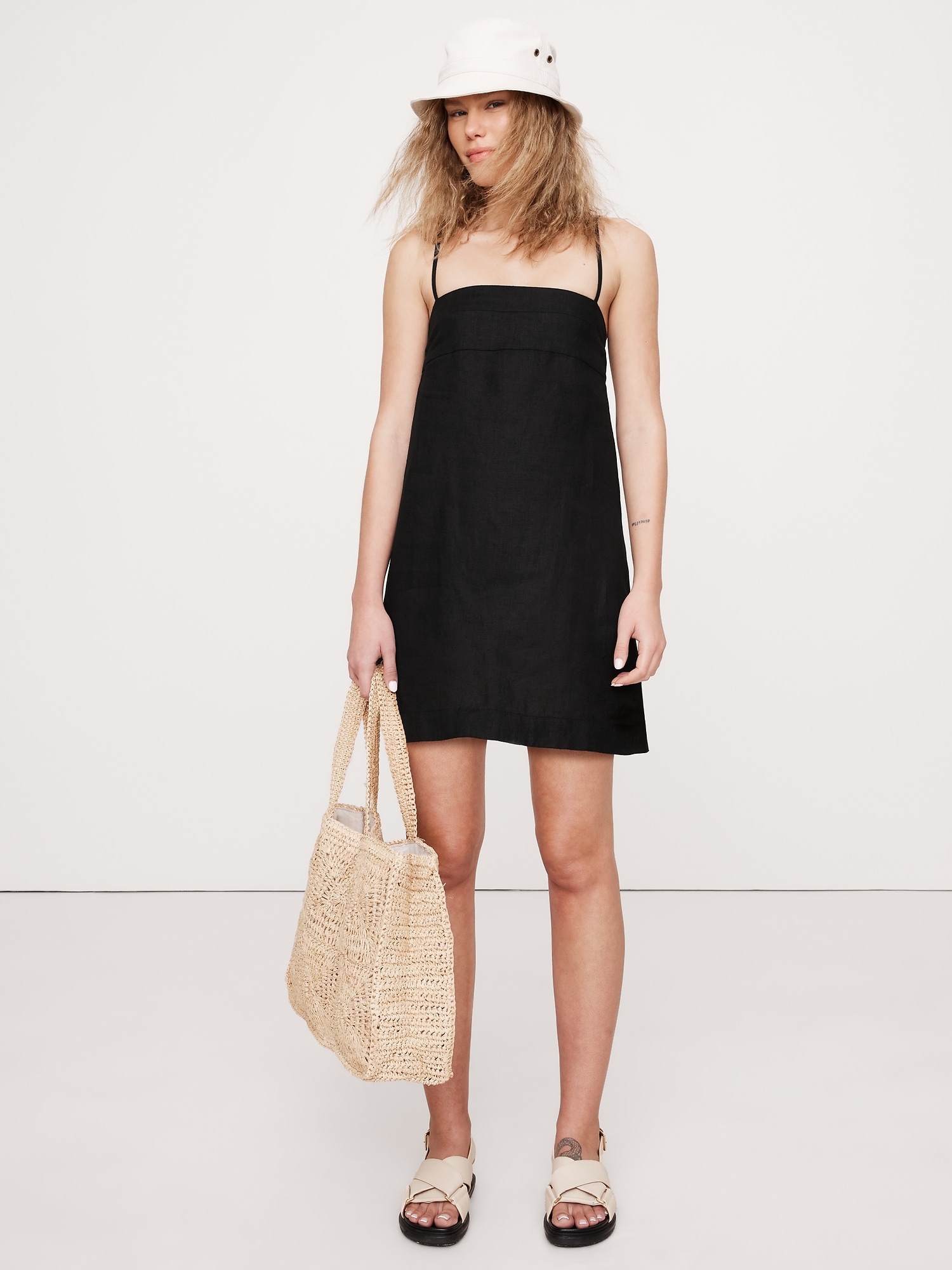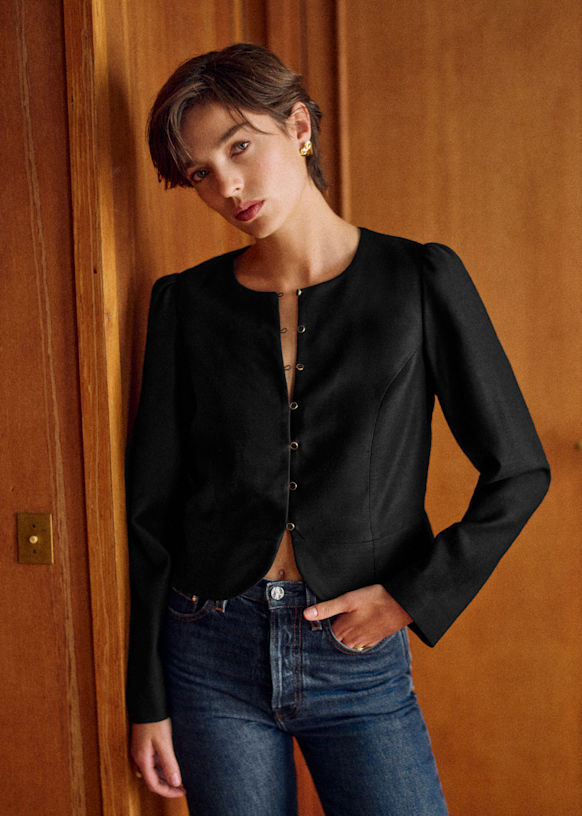Christos Garkinos on The Items Everyone Should Have in Their Wardrobe
Take it from the man leading livestream luxury resale.

Welcome to The Who What Wear Podcast. Think of it as your direct line to the designers, stylists, beauty experts, editors, and tastemakers who are shaping the fashion-and-beauty world. Subscribe to The Who What Wear Podcast on Apple Podcasts and Spotify.
Before Christos Garkinos became the world's leading livestreamer of all things luxury, he was working at his parents' Greek restaurant in Detroit, Michigan. "I grew up in the restaurant," Garkinos said. "I was four years old on a milk crate, working the register."
After graduating from business school, Garkinos worked corporate jobs at places like Clorox and Disney before landing a role under Richard Branson at Virgin Megastores that changed the course of his career. "That was when I was able to kind of express myself more from a fashion perspective," Garkinos said.
On the latest episode of The Who What Wear Podcast, Garkinos shares how that job at Virgin Megastores changed his life, the items everyone should have in their wardrobe, and more.
For excerpts from their conversation, scroll below.
Take me back to you growing up. What was your relationship to fashion growing up, and did you always know that this is what you wanted to pursue?
I'm a child of Greek immigrants. My parents immigrated in the mid 50s to Detroit. I grew up in the restaurant. I was four years old on a milk crate, working the register. My dad was called "Nick the Greek." He was impossibly good-looking. They would go out every Saturday night, because they were the party kids of Greektown in Detroit, and I'd watch my dad get dressed. He had no formal training. He wasn't even a high-school graduate, and he just knew how to put things together.
I would watch him put together outfits, like a mustard tuxedo jacket with the crazy shirt, his jewelry, his hair. The minute I realized I was going to be in fashion. It's a typical gay boy experience when I'm by myself, on the playground, playing tetherball, which, you know, is the lonely friend game. The ball was going around, I was nine years old, and I heard the clickity clack of a girl's heel, like a high school girl who's probably cutting class. I looked over and I heard those stilettos and I said to myself, "Someday, I'm going to be around that." I didn't know what it meant. Something like a thunderbolt hit me. Then a true thunderbolt did hit me, because the ball came around, smacked me in the eye, and I got a black eye from it.
You go up and you go down, you figure out something, and then it goes down like this. It's been that sort of crazy time for me my whole life.
You started your career in marketing at several very big companies like Clorox, Disney. Tell me about that, and then the pivot to fashion.
I went to business school at Michigan. I went to San Francisco and I worked for Clorox. I showed up on my first day in a seersucker suit, with a yellow tie, thinking, "Chic." They sent me home and said, "No." I was a gray suit for two years. I worked there for two years, and I got into Harvard to go to business school.
Then someone at Disney in 1990 called me. They offered me a job in lieu of going to Harvard, and I took it. I was at Disney during the heyday, from like '90 to '95, and I was sent to Europe to open up all the Disney Stores. I did that for a few years, but my biggest love, other than fashion, is music.
I idolized Richard Branson. I used to love Virgin Megastores, and I would just spend hours there. I was on a really bad blind date in London, and I went to the Virgin Megastore in Piccadilly.
I was flipping through a Billboard magazine before the internet. They ran an ad for that job one time. I found it a month later in London, and two weeks later, I started the job. It was a total kismet. That was when I was able to kind of express myself more from a fashion perspective.
It was a great time, until it wasn't. I went on Fox News in 1999, and they're like, "Hey, Christos. What about Napster? Do you think that's gonna be a threat to the music business?" I'm like, "No, everyone's gonna want to have CDs. What's digital music?" Cut to: I was out of a job a year later. So that was the pivot into fashion.
I always wanted to have a store, and I had started a store in L.A. Then I stumbled into resale. I loved the whole concept of resale and fashion and what it meant.
This is 30 years ago, and Sex and the City was just coming out in the late '90s, and people were kind of understanding bags. There was no internet. I was working with all the best closets in the world and kind of grew into fashion, became kind of this expert in fashion and the idea of resale, which is now the most booming part of our economy.
Let's talk a little bit about products. What are some of the items that have always been in demand and still are?
Every girl—and now I say boy—needs a great clutch. I can get a Chanel clutch; it'll sell 20 times. I'm always on the search for clutches. I think clutches are literally the mainstay of any wardrobe.
Obviously, a little black dress. I call these pieces your best friends in your closet. A little black dress is important.
A cropped denim or leather jacket is super important. Obviously, an accessory, like a great scarf, is important.
This interview has been edited and condensed for clarity.


